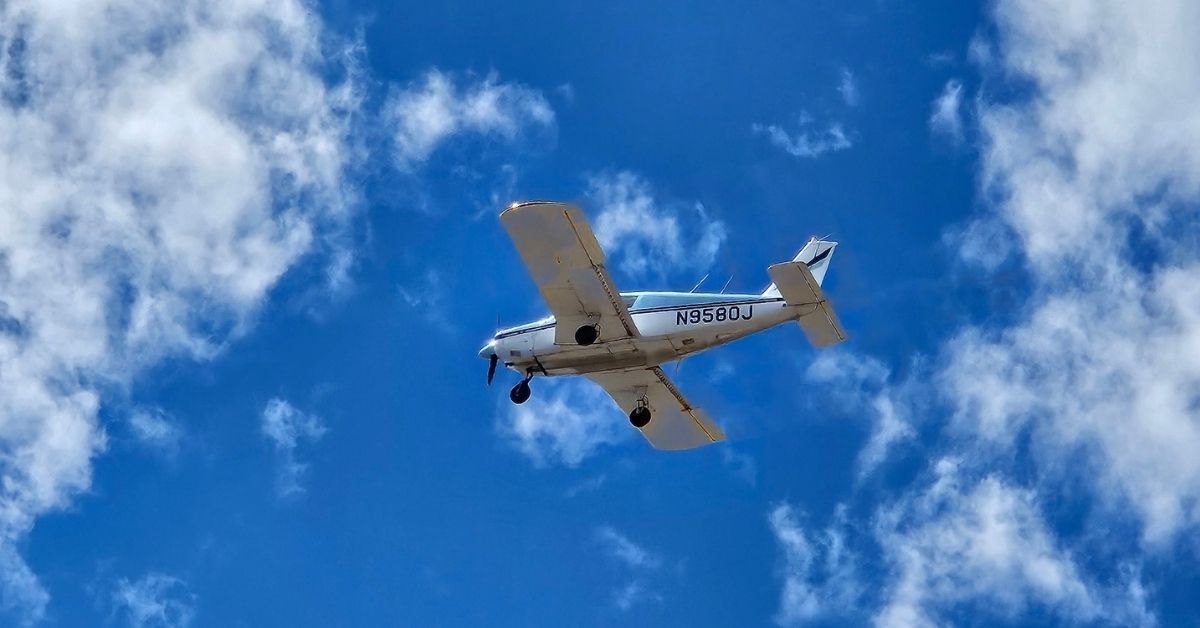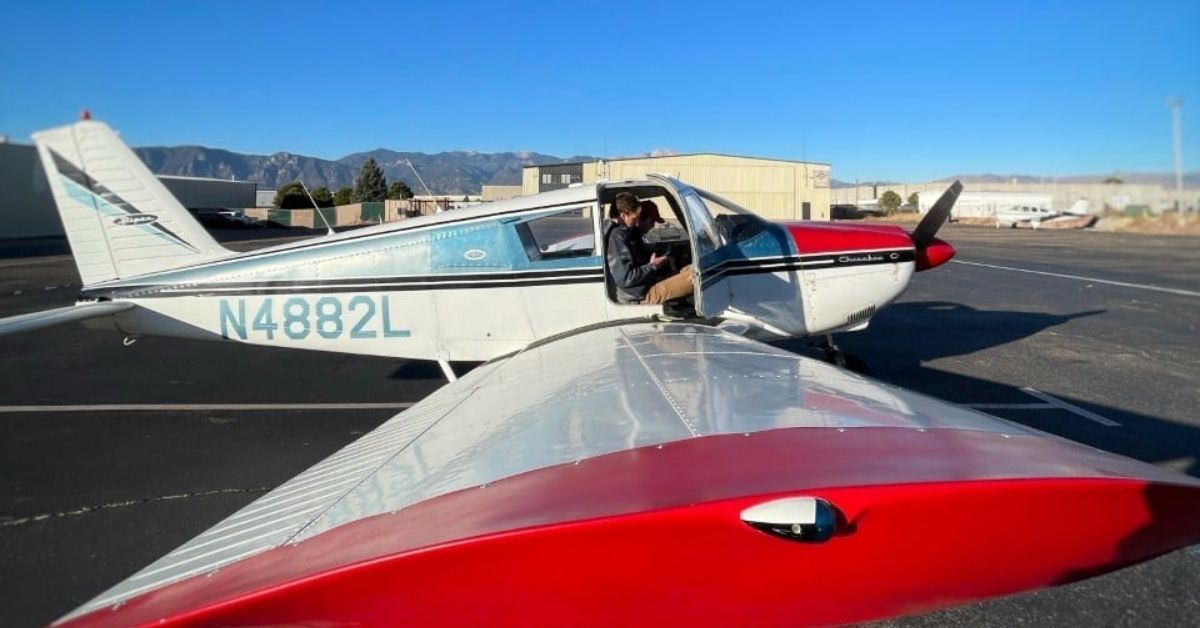A Step-by-Step Guide to Performing Preflight Inspections
Pilots invest in safety, reliability, and peace of mind long before takeoff by carefully examining their aircraft’s external and internal components to confirm operational standards.
These systematic checks help pilots identify and address potential issues before they escalate into airborne hazards, ensuring safer operations for everyone onboard. Rushing or skipping procedures creates unnecessary risks, while consistent inspection routines foster safer flying environments. Aviation safety depends on thorough preparation, and a step-by-step guide to performing preflight inspections serves as the foundation of every successful flight.
Understanding Preflight Inspection Requirements
Federal Aviation Administration regulations mandate specific preflight inspection procedures for all aircraft operations. Part 91.103 requires pilots to familiarize themselves with all available information concerning the flight, including aircraft performance and limitations. These regulations establish minimum standards that pilots must meet before every departure.
Commercial operators often implement more stringent inspection protocols than regulatory minimums require. Airlines and charter companies develop comprehensive checklists tailored to specific aircraft types and operational environments. Training programs emphasize the importance of consistently following established procedures, regardless of pilot experience levels.
External Inspection Procedures
Begin your preflight inspection at the pilot’s door and work systematically around the aircraft. This approach ensures complete coverage without missing critical components. Start by examining the fuselage for structural damage, including dents, cracks, or corrosion that could affect flight safety.
Wing inspections require careful attention to control surfaces, including ailerons, flaps, and any installed winglets. Check for proper movement range and ensure control surfaces move smoothly without binding or unusual resistance. Examine wing attachment points and look for any signs of stress or fatigue that could indicate structural problems.
Landing gear components demand thorough inspection, particularly tire condition, brake systems, and hydraulic lines. Check tire pressure according to manufacturer specifications and look for unusual wear patterns that might indicate alignment issues. Inspect shock struts for proper extension and examine all visible hydraulic fittings for leaks or damage.

Engine and Propeller Examination
Engine cowling inspection begins with checking for security and proper latching mechanisms. Remove oil dipsticks and verify adequate oil levels according to aircraft operating handbooks. Look for oil leaks, loose connections, or any signs of recent maintenance that might affect engine performance.
Propeller inspection involves examining each blade for nicks, gouges, or other damage that could create stress concentrations. Check propeller attachment hardware for security and proper torque specifications. Rotate propellers by hand to ensure smooth movement and listen for any unusual sounds that might indicate internal problems.
Modern aircraft often feature complex engine monitoring systems that require preflight verification. Check engine instrument indications during startup procedures and verify all systems respond appropriately to control inputs. Document any discrepancies for maintenance action before flight operations continue.
Flight Control System Verification
Systematic flight control checks ensure proper response throughout the entire control range. Move control yokes or sticks through full deflection while observing corresponding control surface movement. Primary controls should move smoothly without binding, unusual resistance, or play that exceeds manufacturer specifications.
Secondary flight controls require equal attention during preflight procedures. Test trim tab operation and verify proper response to cockpit control inputs. Check spoiler and speed brake systems for adequate extension and retraction cycles. Many rotor transition program graduates find these procedures particularly important when transitioning between different aircraft types.
Flight control cable tension affects control response characteristics throughout the flight envelope. Visual inspection cannot determine proper cable tension, but pilots can identify obvious problems, such as frayed cables or loose connections. Report any control system abnormalities to qualified maintenance personnel before attempting flight operations.
Avionics and Electrical System Checks
Modern aircraft rely heavily on electronic systems for navigation, communication, and flight management functions. Power up avionics systems according to manufacturer startup procedures and allow adequate warm-up time for stable operation. Verify all displays illuminate properly and show appropriate startup information.
Navigation system checks include verifying GPS functionality, radio navigation receiver operation, and autopilot system responses. Test communication radios on appropriate ground frequencies and confirm clear audio quality. Check emergency locator transmitter status and ensure proper battery condition according to regulatory requirements.
Electrical system inspection involves verifying alternator or generator output, battery condition, and circuit breaker panel status. Look for any tripped breakers or unusual electrical system indications that might affect flight safety. Test essential electrical equipment, including lights, heating and cooling, and any required anti-icing systems.
Fuel System and Weight Balance
Fuel quantity verification requires physical inspection rather than relying solely on cockpit fuel quantity indicators. Use appropriate measuring devices to confirm that actual fuel quantities match planned fuel loads. Check for water contamination using proper sampling techniques at all available fuel drain points.
Fuel system inspection includes examining fuel caps for proper security and gasket condition. Check fuel vents for obstructions that could create pressure problems during flight operations. Verify fuel selector valve positions match intended fuel management procedures for the planned flight.
Weight and balance calculations must account for passenger weights, baggage loads, and actual fuel quantities. Use current aircraft weight and balance documentation to verify the aircraft remains within approved limits throughout the flight. Consider fuel burn effects on center of gravity changes during extended flight operations.
Interior and Emergency Equipment
Cabin inspection encompasses passenger safety equipment, emergency exits, and required survival gear. Verify fire extinguisher serviceability, first aid kit contents, and emergency lighting system operation. Check seat belt and shoulder harness condition for all occupants.
Emergency equipment requirements vary by aircraft type and intended flight operations. Verify life vest availability for overwater flights and check survival kit contents for extended overland operations. Test emergency exit operation and ensure clear access paths remain unobstructed during flight preparations.
Documentation requirements include current aircraft registration, airworthiness certificate, and required operating handbooks. Verify weight and balance data, currency, and check maintenance logbook entries for any outstanding discrepancies. Ensure all the necessary placards remain legible and properly positioned.

Weather and Airport Information Review
Weather briefing procedures require gathering current conditions, forecasts, and any significant weather phenomena along the planned route. Obtain terminal aerodrome forecasts for departure and destination airports, including alternate airports if required. Review pilot reports for actual conditions encountered by other aircraft.
Notice to Airmen information affects flight planning and may require route modifications or operational restrictions. Check for airport closures, navigation aid outages, or temporary flight restrictions that could impact planned operations. Review special-use airspace status and verify availability along planned flight routes.
Airport analysis includes runway conditions, lighting systems, and any operational restrictions that might affect departure or arrival procedures. Verify adequate runway length for aircraft performance under current conditions. Check airport services availability, including fuel, ground handling, and customs facilities for international flights.
Completing Your Preflight Inspection
Documentation of preflight inspection results ensures accountability and provides maintenance personnel with valuable information about the aircraft’s condition. Record any discrepancies discovered during inspection procedures and determine airworthiness implications before flight operations continue. Consult appropriate maintenance personnel for items requiring professional evaluation.
Final inspection review involves verifying that all required checks have been completed according to approved procedures. Sign appropriate logbook entries documenting preflight inspection completion and aircraft airworthiness determination. Ensure all passengers understand safety briefing information and emergency procedures before engine start procedures begin.
Thorough performance of preflight inspections represents the first line of defense against preventable aviation accidents. Professional pilots understand that systematic inspection procedures require adequate time allocation and cannot be rushed without compromising safety margins. The skills developed through consistent preflight practices contribute to aviation safety culture and professional competency throughout your pilot career.
